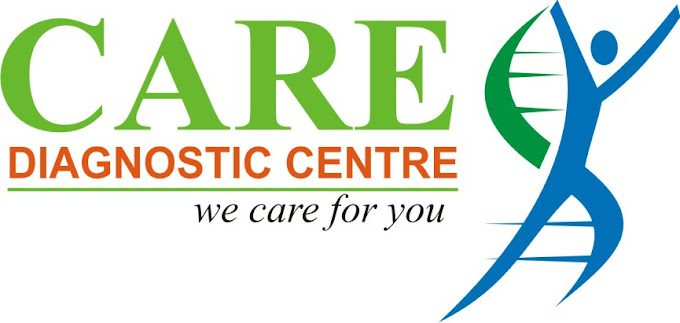3D Imaging of the Uterus

3D imaging of the uterus is a cutting-edge medical technique that enhances the visualization of the uterine structure and its abnormalities. Unlike traditional two-dimensional (2D) ultrasound, which provides flat images, 3D imaging offers a three-dimensional view, providing more detailed and accurate information for diagnostic and therapeutic purposes.
Technology Behind 3D Imaging
The technology behind 3D imaging of the uterus involves the acquisition of multiple 2D images from different angles, which are then digitally reconstructed into a three-dimensional format. This process is facilitated by advanced ultrasound machines equipped with specialized software capable of rendering 3D images. These images can be manipulated, rotated, and examined from various perspectives, offering comprehensive insights into the uterine anatomy.
Applications in Gynecology
Diagnosing Uterine Anomalies
3D imaging is particularly valuable in diagnosing congenital uterine anomalies, such as septate, bicornuate, or didelphic uteri. These conditions, which can affect fertility and pregnancy outcomes, are more accurately identified and assessed with 3D imaging compared to 2D ultrasounds.
Assessing Fibroids and Polyps
Uterine fibroids and polyps are common issues that can lead to symptoms such as heavy menstrual bleeding and infertility. 3D imaging allows for precise localization and characterization of these growths, aiding in treatment planning. For instance, the size, location, and number of fibroids can be better visualized, facilitating decisions regarding surgical or medical interventions.
Evaluating Endometrial Health
3D imaging also plays a crucial role in evaluating the endometrium, the inner lining of the uterus. It provides detailed images that help in assessing conditions like endometrial hyperplasia or polyps, which can influence fertility and may require treatment.
Benefits for Patient Care
The enhanced clarity and detail provided by 3D imaging lead to more accurate diagnoses and better treatment planning. This can result in improved outcomes for patients, particularly those undergoing fertility treatments or facing complex gynecological conditions. Additionally, the ability to visualize the uterus in three dimensions helps clinicians explain conditions and treatment options more effectively to patients, improving patient understanding and involvement in their care.
Future Prospects
With ongoing advancements in imaging technology, 3D imaging of the uterus is expected to become even more precise and accessible. Integration with other imaging modalities, such as MRI, and the development of 4D imaging techniques, which incorporate real-time movement, hold promise for further enhancing diagnostic capabilities and patient outcomes in gynecology.

